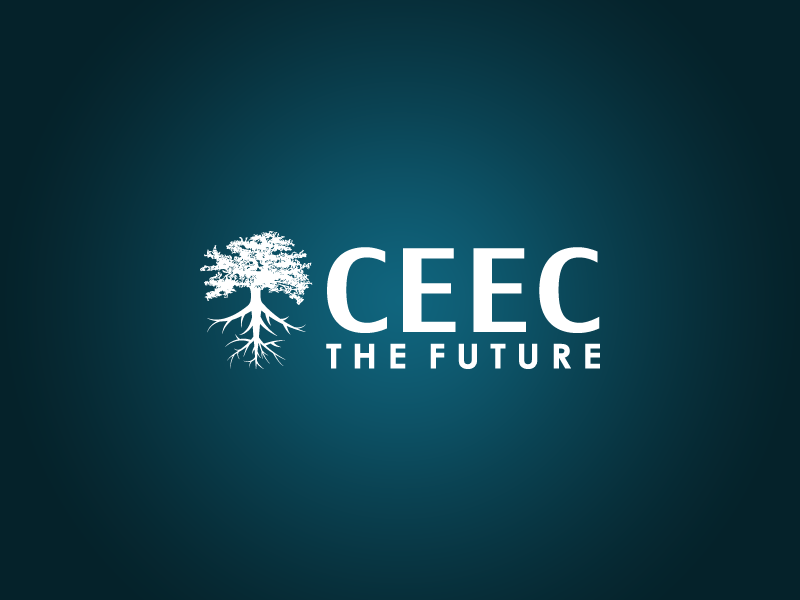This year’s Colin Campbell Mitchell Award from the Royal Academy of Engineering was presented to a multidisciplinary team of engineers from the University of Nottingham and Teledyne e2v for developing the largest microwave mineral processing system ever constructed, MicroHammer.
MicroHammer is a revolutionary process for extracting copper from its ore using microwave technology, reducing the energy consumption of copper processing plants by more than 20% and boosting production by almost one third.
The award winning team, which includes Professor Sam Kingman and Dr Chris Dodds from the University of Nottingham, and Dr Ewan Livingstone, Paul Burleigh and David English from Teledyne e2v, combined their skills in microwave technology and engineering to develop the system, which is capable of processing up to 3,000 t of rock per hour.
By exposing rocks to hundreds of kilowatts of microwave energy for a fraction of a second, MicroHammer heats and expands the copper grains, causing them to split from the encasing rock. The microfractures, which are smaller than the width of a human hair, weaken the host rock and make it possible to extract the copper without completely grinding the ore.
The project was funded by Rio Tinto and will help address the challenges of declining copper reserves and the decreasing size of grains found in ores.
Professor Sam Kingman, the project’s academic lead, and Pro-Vice-Chancellor for the Faculty of Engineering at the University of Nottingham, said the university’s collaboration with Teledyne e2v was the key to unlocking the potential that microwave technology has offered for decades.
“We are now well placed to take this technology to market and deliver one of the most significant impacts to mineral processing since the development of froth flotation,” Prof Kingman said.
The team was presented with the award at the Academy’s AGM in London on 18 September. To read more about the award click here, and you can read an abstract about the project at CEEC’s Resource Centre.
